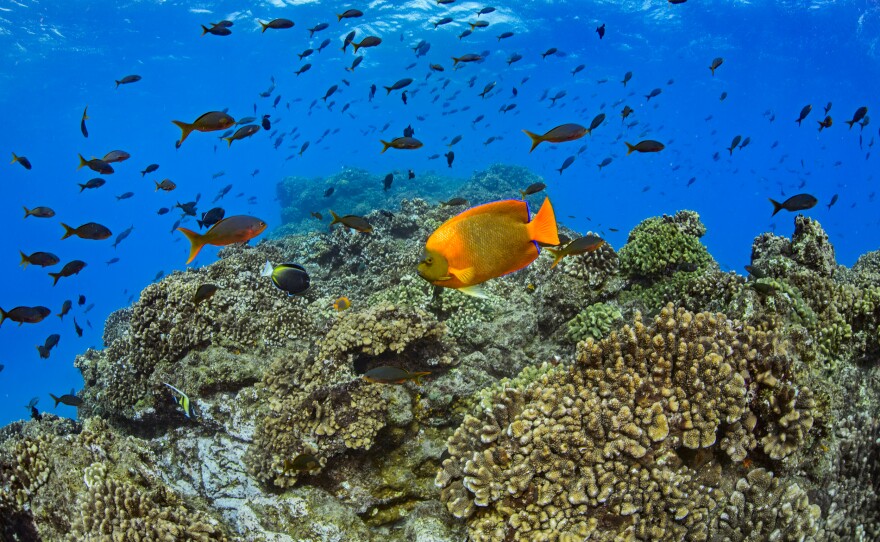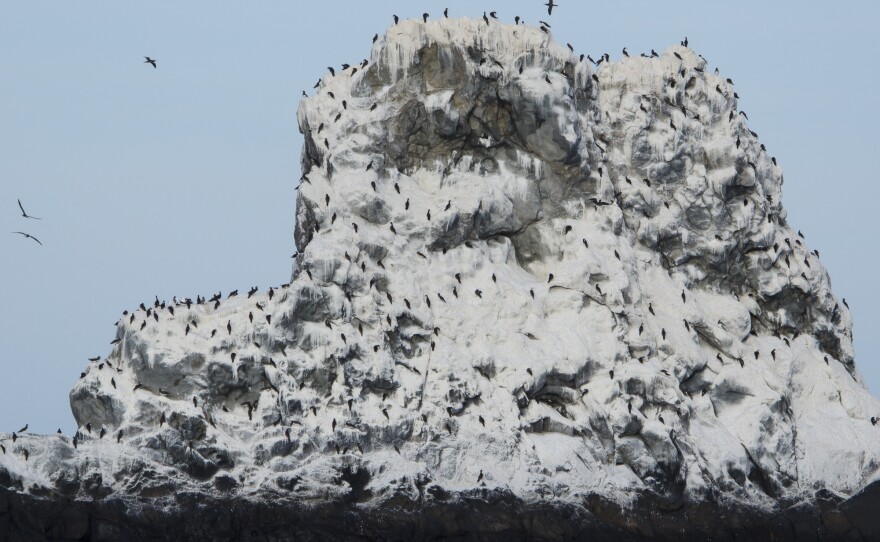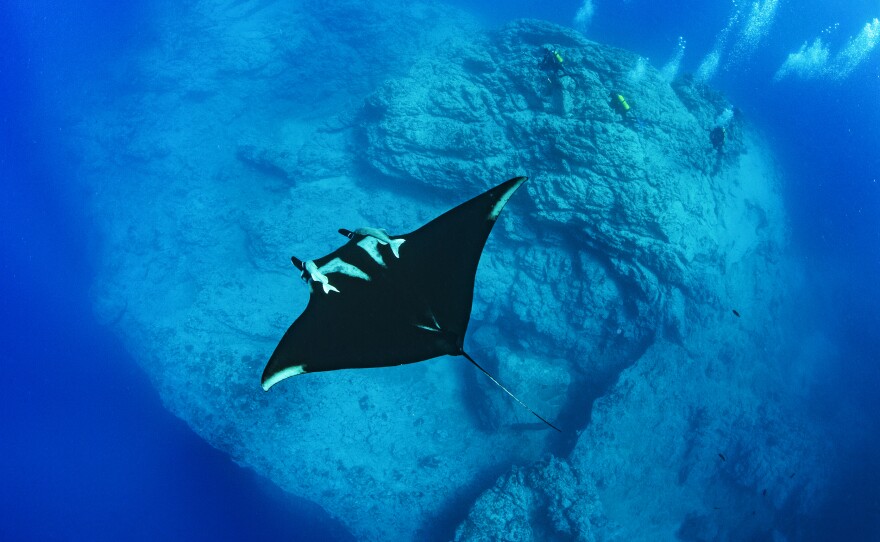A new study of Mexico’s largest marine protected area — the largest marine reserve in North America — found the fishing industry is not suffering because the park is off limits to them.
The marine reserve is located 700 kilometers south of Baja California around a cluster of volcanic islands.
Revillagigedo National Park covers more than 147,000 square kilometers making it the 13th largest marine reserve in the world.
The park’s protected status means it is off limits to all fishing, a move that was vigorously opposed by Mexico’s fishing fleets.
But the research published in the current edition of the journal Science Advances finds the fishing industry concerns were unfounded.

A study of the region before and after it became a marine reserve in 2017 found there was no discernible impact on the size of the industries’ catch or the price of their products after the reserve was created.
The fishing industry warned creating the reserve would cut tuna catches by 20%, reducing their profits and forcing up prices when their catch is sold. That fear was unrealized.
“The fisheries is probably the sector that receives the most benefits when these areas are generating more fish, more animals. And they start moving outside these areas,” said Octavio Aburto, a Scripps Institution of Oceanography researcher who co-authored the paper.
The underwater park is home to more than 300 fish species and 36 of those species are only found there.
“We have seen fish biomass in the reefs of Revillagigedo going up,” said Fabio Favoretto, a Scripps Institution of Oceanography researcher who is the paper’s lead author.
Favoretto helped refine the technology that allowed researchers to track fishing activity in a remote area that does not get many visitors.

Researchers put GPS trackers on more than 2,000 Mexican fishing vessels and integrated satellite monitoring to help track the expansive national park.
The team also used computers to monitor the reserve around the clock and to send alerts if that monitoring detected suspicious activity.
“We can detect vessels from far away, actually, my desk.” Favoretto said. “I can monitor real-time the position of the vessels and we can say, by a very high precision, what is their current behavior and status. I can model and know if they’re trying to fish or not.”
Recent technological advances made it possible to engage computers to track and interpret hourly GPS data from Mexican fishing boats along with satellite scans of the ocean surface in the park.
The technology could be used on other initiatives aimed at preserving biological resources.

The study comes at a time when the world’s countries are working out an ambitious plan to protect roughly 30% of the world’s oceans.
“The clock is ticking until 2030,” said Enric Sala, Explorer in Residence at National Geographic Society, the founder of Pristine Seas and a study co-author. “If the world is serious about protecting the natural world — our life support system — we need to drastically increase ocean protection.”
Sala said a woefully small portion of the ocean enjoys protections.
“Right now, less than 8% of the ocean is somewhat protected, and only 3% is fully protected from fishing and other damaging activities,” Sala said. “Millions of species, including humans, who rely on the ocean for oxygen, food, mitigation of global warming, medicine and more depend on us to act.”
The 30% goal was laid out at the United Nations Global Biodiversity Conference in 2022 and acted on by UN members earlier this year.
Researchers hope their findings make it easier to protect the biodiversity of marine protected areas by showing fishing interests that their livelihood will not be hurt.





